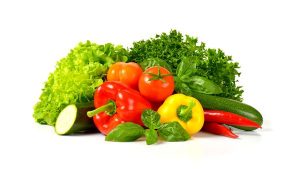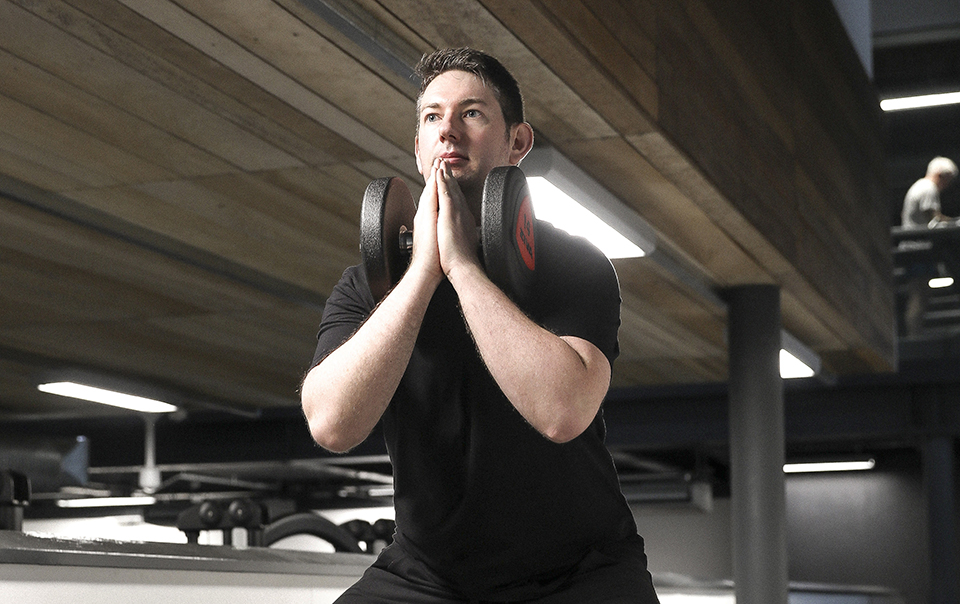
Is weight loss simply a case of calories in versus calories out?
Is weight loss simply a case of calories in versus calories out? Richard Kelly 27th July 2020 According to the


Is weight loss simply a case of calories in versus calories out? Richard Kelly 27th July 2020 According to the

5 Fitness Myths which are well overdue for pasture Richard Kelly 22nd July 2020 Health and fitness is one of

The one thing you should do after lockdown Richard Kelly 14th July 2020 Admit it, the lockdown didn’t go the

A Carb is a Carb, just like a car is car, right? Richard Kelly 10th August 2020 There are a

Preview: Self Sabotage Richard Kelly 3rd August 2020 The following is a preview of today’s emailed blog being sent out
You’ll receive all the latest news, posts and information regarding health and fitness.